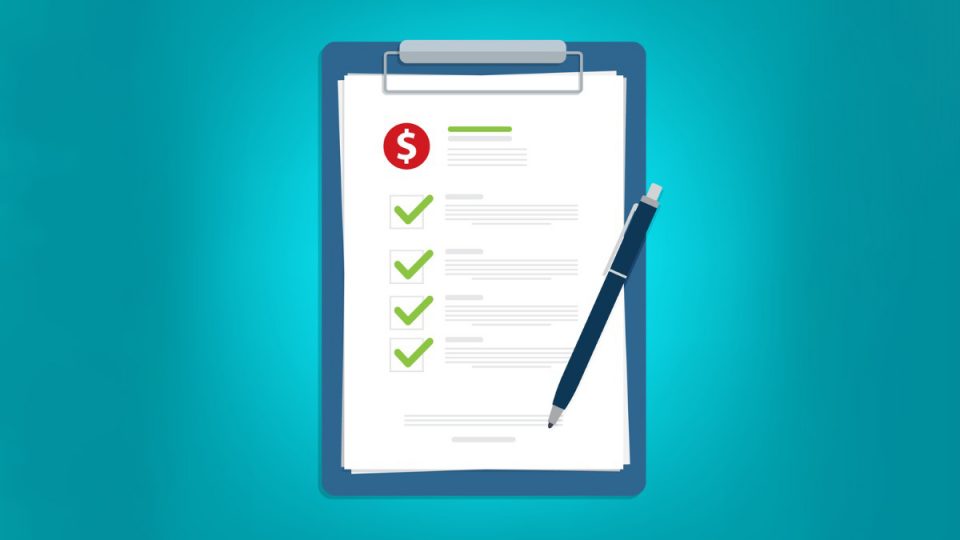For more stories like this, sign up for the PLANSPONSOR NEWSDash daily newsletter.
HSA Enrollment Trends Expected to Reverse
EBRI cites studies that show enrollment in HSA-eligible health plans has slowed and is now decreasing.
Participant enrollment in health savings accounts is decreasing, according to an Employee Benefit Research Institute analysis that examined several surveys.
Since the accounts were first created in 2004, enrollment in HSAs has grown to between 17% and 28% of the employment-based market—depending on the data and study cited—but is expected to wane in coming years, according to six surveys.
The surveys that made up the analysis were the EBRI/Greenwald Research Consumer Engagement in Health Care Survey; America’s Health Insurance Plans; Kaiser Family Foundation; Medical Expenditure Panel Survey; Mercer; and National Center for Health Statistics. EBRI notes that not all of the surveys are conducted yearly.
“While the findings from the surveys differ, the trends are consistent: All show enrollment in HSA-eligible health plans has slowed or even declined,” EBRI states.
Two surveys in particular show that enrollment in HSA-eligible health plans decreased in 2021. The EBRI/Greenwald survey, which surveyed individuals enrolled in private health insurance plans, found that enrollment last year declined to 15.8% from 17.5%; and the Kaiser Family Foundation—an employer survey—found that enrollment declined to 21% from 24%.
EBRI explains that enrollment may be falling for several reasons: Employers have added lower deductible options into plan offerings, and the tight labor market could also be playing a role.
“However, employers had already been adding choice of health plan back into their offerings prior to the pandemic, and enrollment in lower-deductible options may finally be affected by such changes,” EBRI states. “Some employers may have added lower-deductible options because research has found that HSA-eligible health plans may be associated with a reduction in appropriate preventive care and medication adherence.”
Plan sponsors have increasingly communicated the benefits of HSAs’ triple tax advantages to participants as a way to save, invest and cover future health care costs in retirement. Employers offering high-deductible health plans can pair that health plan with an HSA as an additional benefit. Employees can then use an HSA, along with a defined contribution plan, to save for certain retirement expenses, as health care costs continue to rise in retirement.
Fidelity Investments estimated last year that an average couple retiring today will need $300,000 for medical expenses in retirement. This represents a 30% increase from 10 years ago and an 88% rise since 2002, when the yearly tracking project began.
But most HSA holders are not extracting the maximum value from the benefit because less than 10% of owners invest the contributions, according to Alegeus, a Massachusetts-based HSA provider and technology platform for health plans and third-party administrators.
Employees often don’t understand that HSAs are distinct from flexible spending accounts, so participants often use HSAs as short-term spending vehicles, similarly to an FSA, Mark Waterstraat, chief customer officer at Alegeus, previously said.







